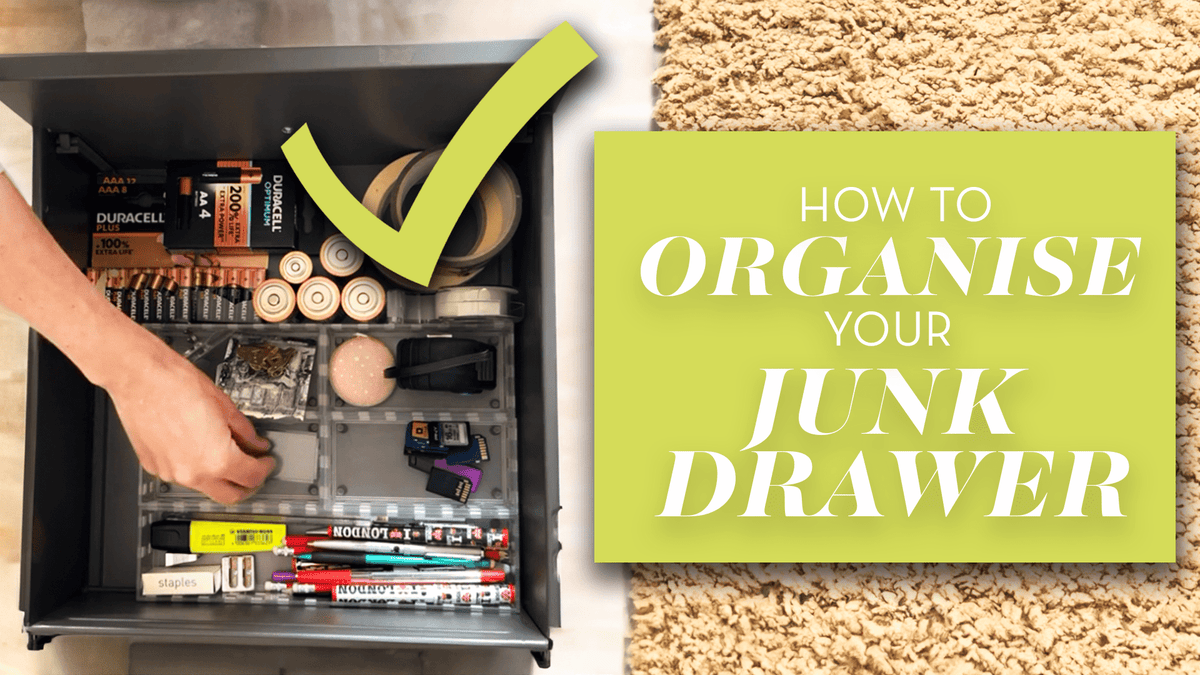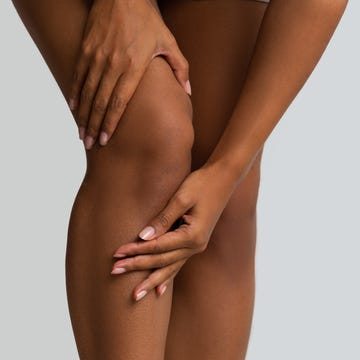Are you always in a rush when you use the loo? Do you tend to hover or nip to the bathroom ‘just in case’ before you go out (or before bed)? Turns out that these pee-managing tactics might be doing more harm than good.
‘Going “just in case” occasionally is fine, especially if you know you won’t have easy toilet access for a while (for example, before a long car journey),’ says urology specialist nurse Helen Lake of The Urology Foundation. ‘But doing it too often, when you don't really need to, can train your bladder to signal urgency too early – before it’s actually full. Over time, this might shrink your bladder's natural capacity and lead to more frequent urges.’ Which is, of course, exactly what we don’t want.
So, what’s the best way to develop good habits? First up, says Helen, wait until your bladder is comfortably full before weeing. ‘Avoid going at the first hint of needing a pee – or because it’s your routine,’ she adds. Try not to wee while hovering over the toilet. This can prevent your pelvic floor muscles from fully relaxing, which can mean your bladder doesn’t fully empty.
Next, avoid rushing – if your sole aim is to get out of the bathroom as soon as possible, and you try to speed things along, you run the risk of not fully emptying your bladder. According to Helen, this leftover urine can cause several issues, from making you feel like you need to go again to increasing your risk of urine infections (especially for people with recurrent UTIs).
What to read next
Helen recommends using the ‘double void’ method when you wee, which means emptying your bladder once, counting to 10, then trying again. ‘After you’ve been to the loo, take a few extra seconds,’ says Helen. ‘Then lean forward a little and relax your pelvic floor muscles – this can help ensure a proper empty.’
And if you do experience recurrent UTIs, she adds, this ‘double void’ method can help. ‘Expelling a few more drops can make a big difference in preventing UTIs,’ she says.
Can you really ‘train’ your bladder to need the loo less frequently?
If you often find yourself caught short or experience sudden, intense urges to wee, training your bladder can be very helpful, says Helen.
‘Your bladder sends early signals as it fills, but you don’t always need to act on the first one,’ says Helen. ‘With bladder training, you can gradually increase the time between peeing, which can help your bladder stretch and hold more. This is especially helpful for urge incontinence (when you experience sudden, intense urges to urinate), or overactive bladder symptoms.
‘It’s a gentle process - start off by waiting a few extra minutes, even just 5, before going to the loo, then gradually increasing that time over days and weeks.’
How often should we be going to the toilet?
There are many factors which impact how often we need to pee – from our intake of caffeine or alcohol to the effect of certain medications. But, says Helen, going six to eight times in 24 hours is considered normal. ‘More than that may signal overactivity,’ she says.
Helen’s guide to perfect peeing:
- Stay hydrated, but avoid ‘over-drinking’. Your wee ideally should be a pale straw colour.
- Cut back on bladder irritants (caffeine, fizzy drinks, artificial sweeteners, alcohol).
- Empty fully by taking your time and adjusting your position.
- Don’t hover if you can avoid it – sitting properly helps relax your muscles.
- Listen to your body, but don’t go too often out of habit or fear.
The Urology Foundation has a support service and helpline: 0808 801 1108













